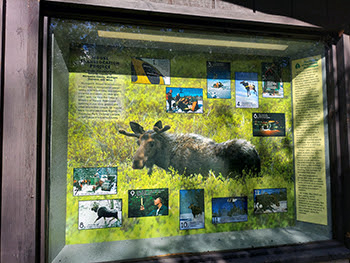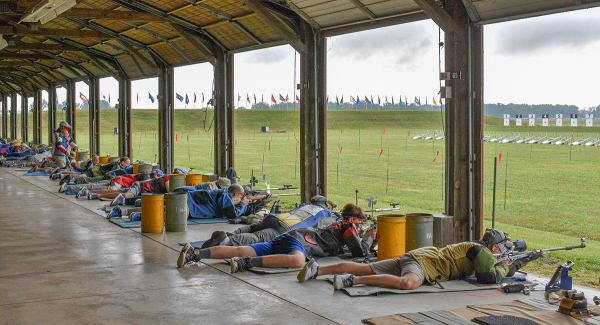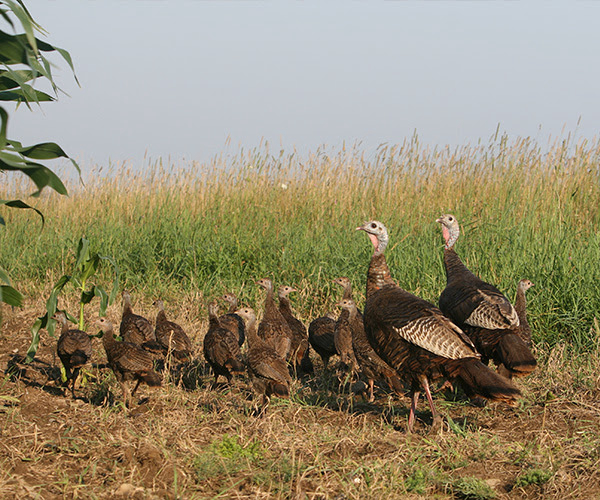Partnerships to Save Michigan’s U.P. Deer Herd
By Glen Wunderlich
When I became disenchanted with deer camp in Michigan’s northern Lower Peninsula in the mid-1980s – mostly because of the sheer number of orange hats in the woods – a good friend, “Big John” Stenvig, invited me to hunt in the Upper Peninsula. Knowing full well that the deer population would be much less than what we had grown accustomed to, the promise of escaping to a place where we might see more deer than hunters was enough to send us packing to Iron County in the northwest portion of the U.P in 1986.
The expansive commercial forest land and lack of weekend warriors was just what we had hoped for and I was able to take some five bucks and several does during the ensuing eight years of hunting amid the Yoopers. But, one harsh winter’s deer die-off after our last venture north of the Mackinac bridge in the mid-‘90s, had us cancel plans for another adventure. Little did we know how bad things would become.
The Upper Peninsula deer population had peaked at approximately 700,000 animals back then; today the numbers have continued in a downward spiral to a shocking level of 200,000. And, with this winter’s severity index well beyond the average, the alarming trend continues.
The Lake Superior watershed receives so much annual snowfall that deer will migrate from their summer range to traditional wintering areas to survive the winter, with average movement of about 18 miles. Hemlock and other conifer canopies retain snow and reduce amounts on the ground, which makes it easier for deer to move, conserving their energy. The dense cover also reduces wind, and helps deer retain body heat.
In a recent press release the DNR, Plum Creek Timber Company will work to manage more than 16,500 acres of industrial forest land for winter deer habitat. This unique partnership with the DNR is focused on improving and maintaining conifer cover, which is essential to winter deer survival in the Upper Peninsula.
Foresters and biologists with Plum Creek and DNR wildlife biologists have worked cooperatively to develop the guidelines to retain and enhance hemlock and other conifer species, while promoting forest regeneration and production of forest products. “We’re maintaining and creating habitat today that will benefit tomorrow’s deer,” said Plum Creek resource supervisor Jeff Joseph. “It’s the right thing to do.”
Many other factors have contributed to the declining U.P. deer numbers and an ongoing study by Wildlife Ecology and Management at Mississippi State University continues to shed new light on the issue of the downward trend.
The study indicates that predators killed 73 percent of collared fawns in the first phase of the study, with coyotes being the leading culprit. Bobcats came in second and hunters, unknown predators and unknown causes placed third. Michigan’s 600 to 700 gray wolves account for an additional 17,000 to 29,000 kills, placing them fourth on the list.
The DNR has established the Deer Habitat Improvement Partnership Initiative, which aims to produce tangible on-the-ground deer habitat (summer and/or winter range) improvements in the U.P through grants with sportsmen’s groups and other partners.
Deer Range Improvement Program (DRIP) fund. Public Act 106 of 1971 created the DRIP fund, whereby $1.50 from every deer hunting license sold statewide is allocated into a restricted fund to be exclusively used for the improvement and maintenance of habitat for deer, acquisition of land for deer management, and the payment in lieu of taxes on purchased lands.
Understanding the issues of our deer mortality is only a first step in what we can only hope will lead to recovery our northern deer herd. There is no doubt that habitat improvement is a key factor and that cooperation is needed between stakeholders. However, the question remains: Will it be enough?







